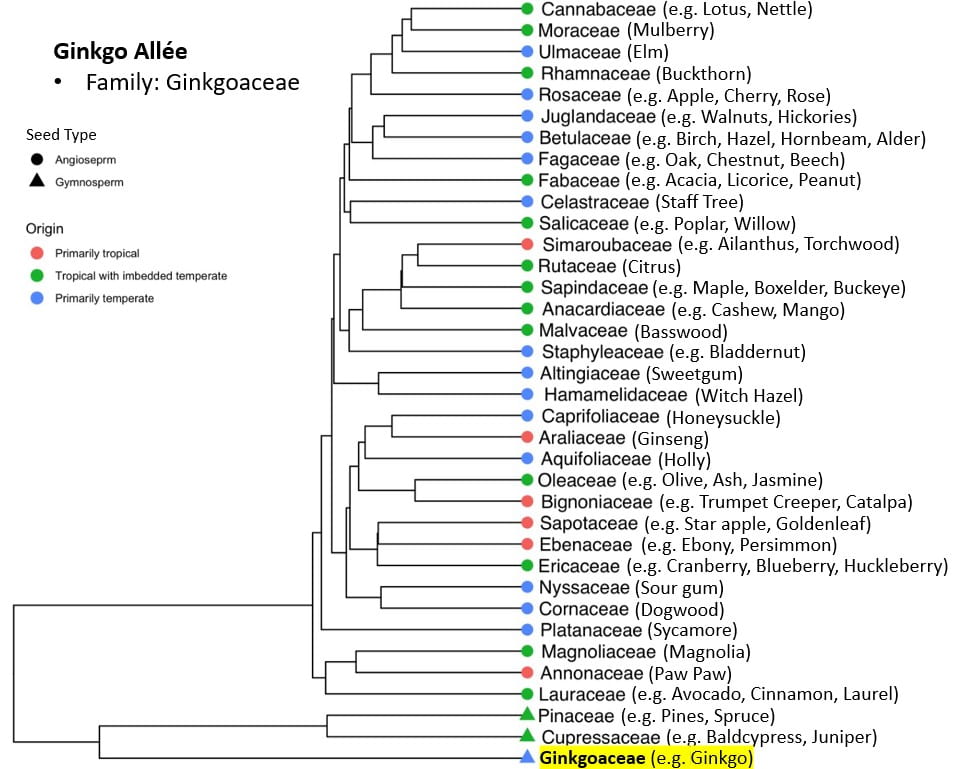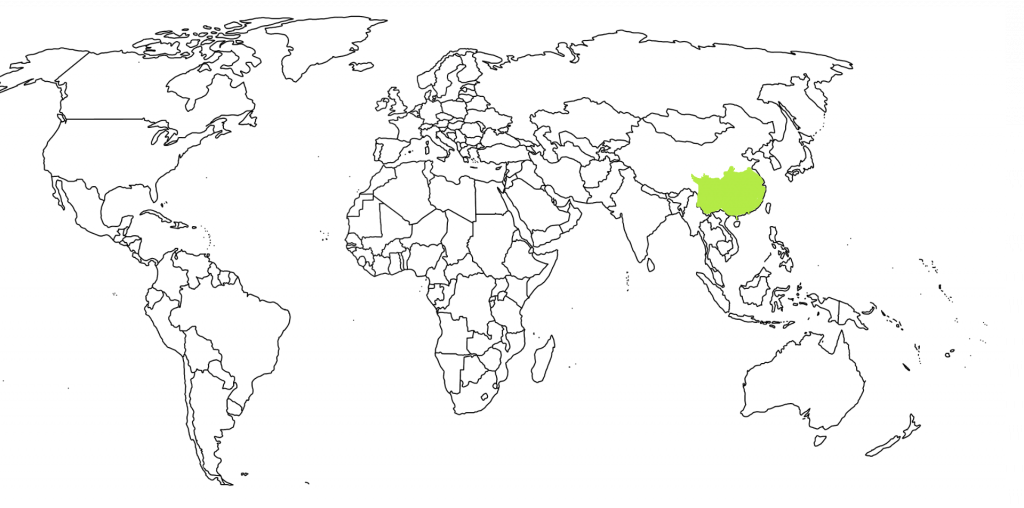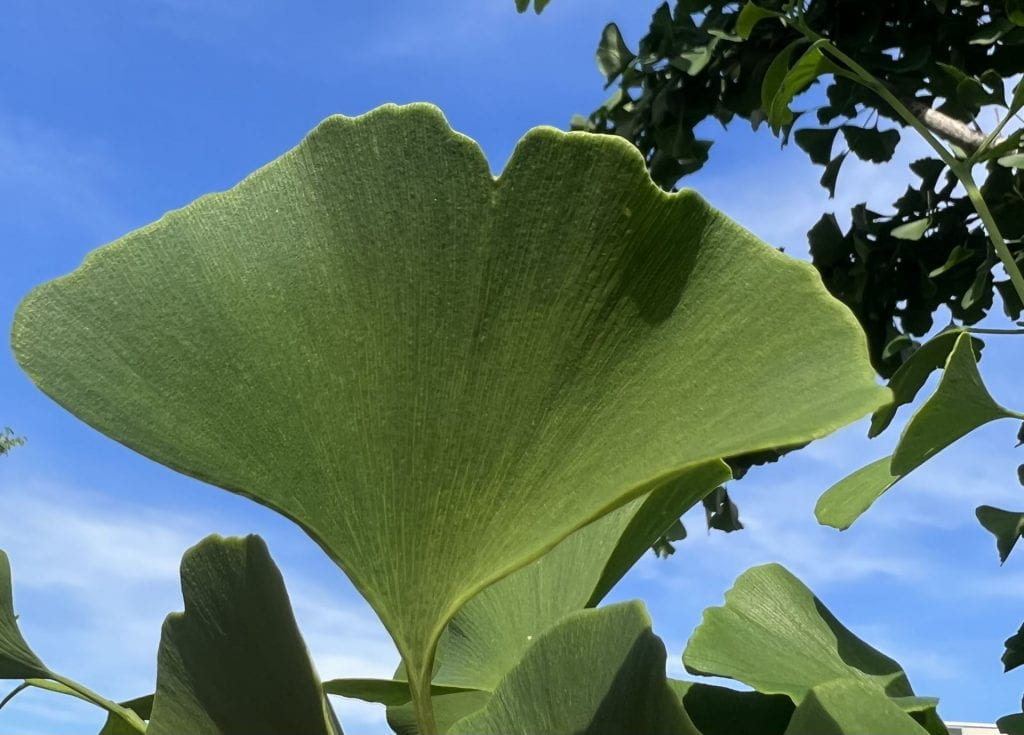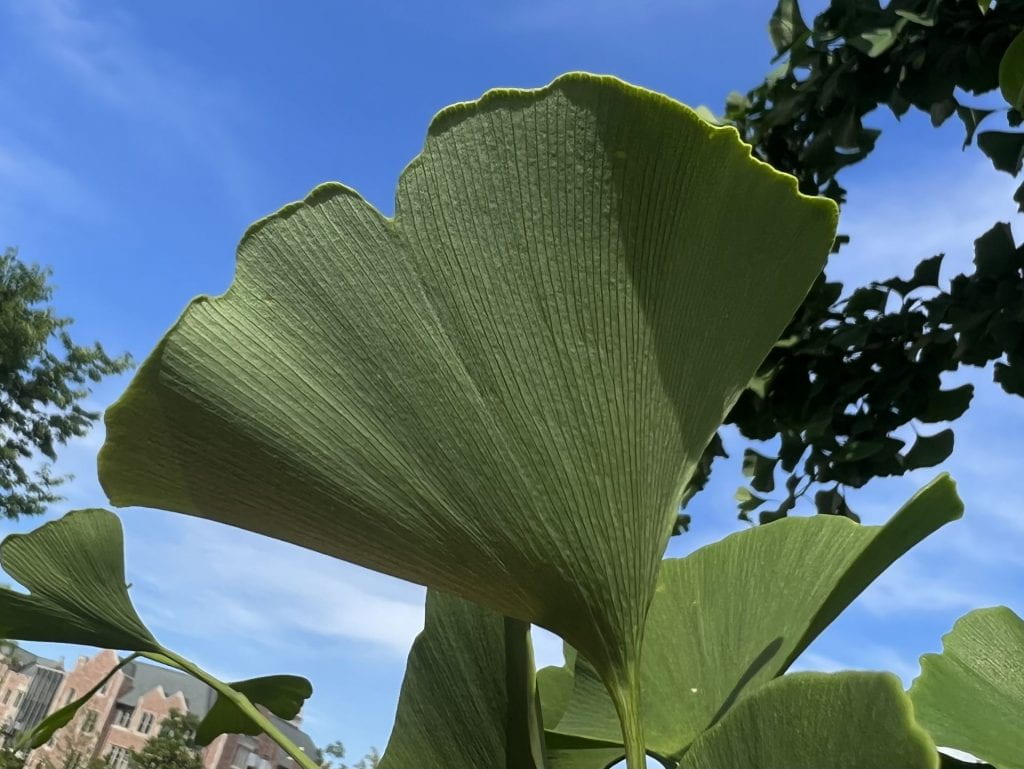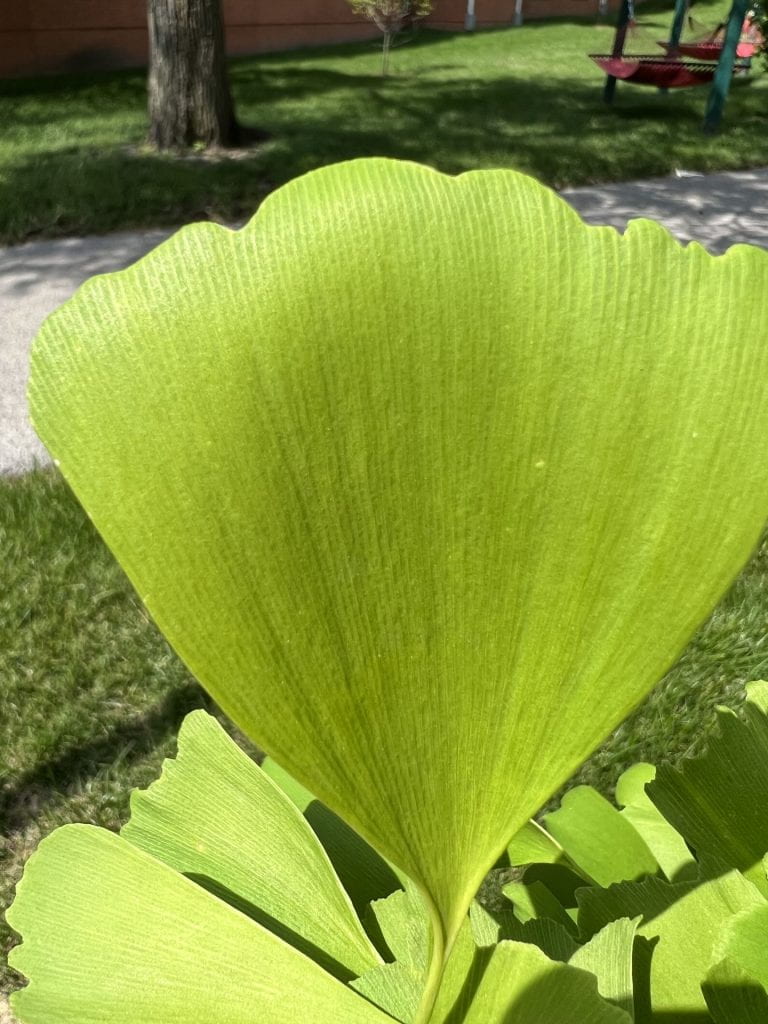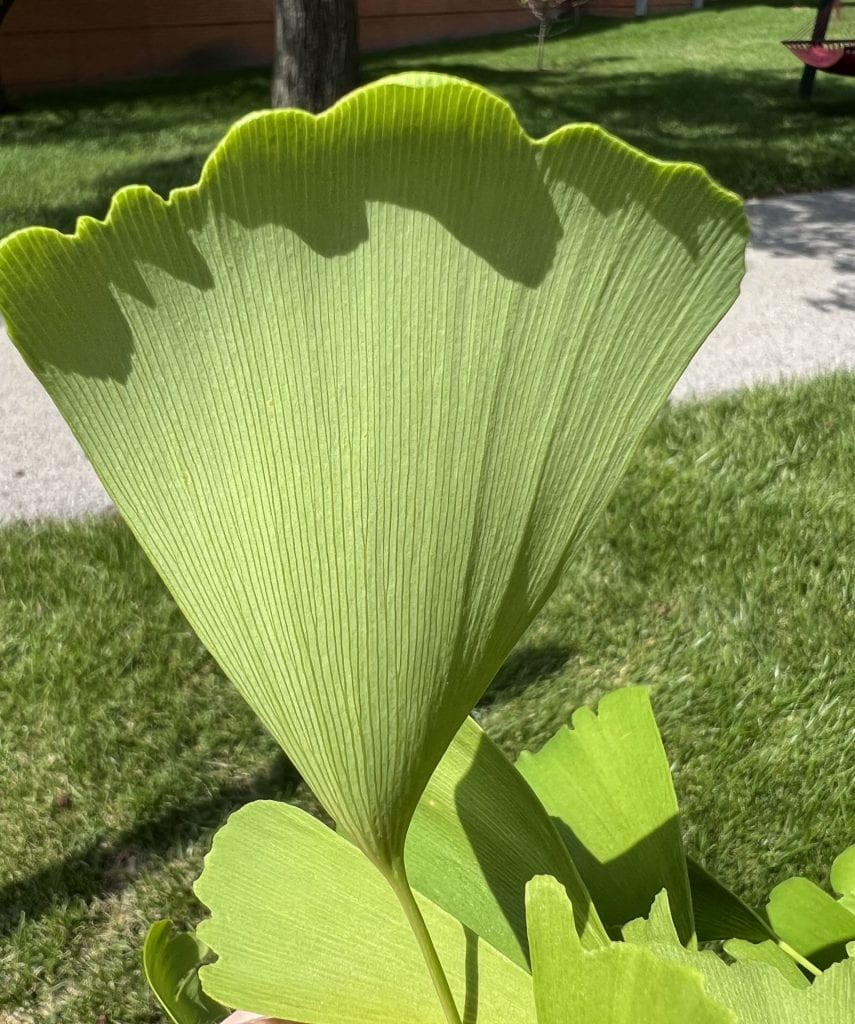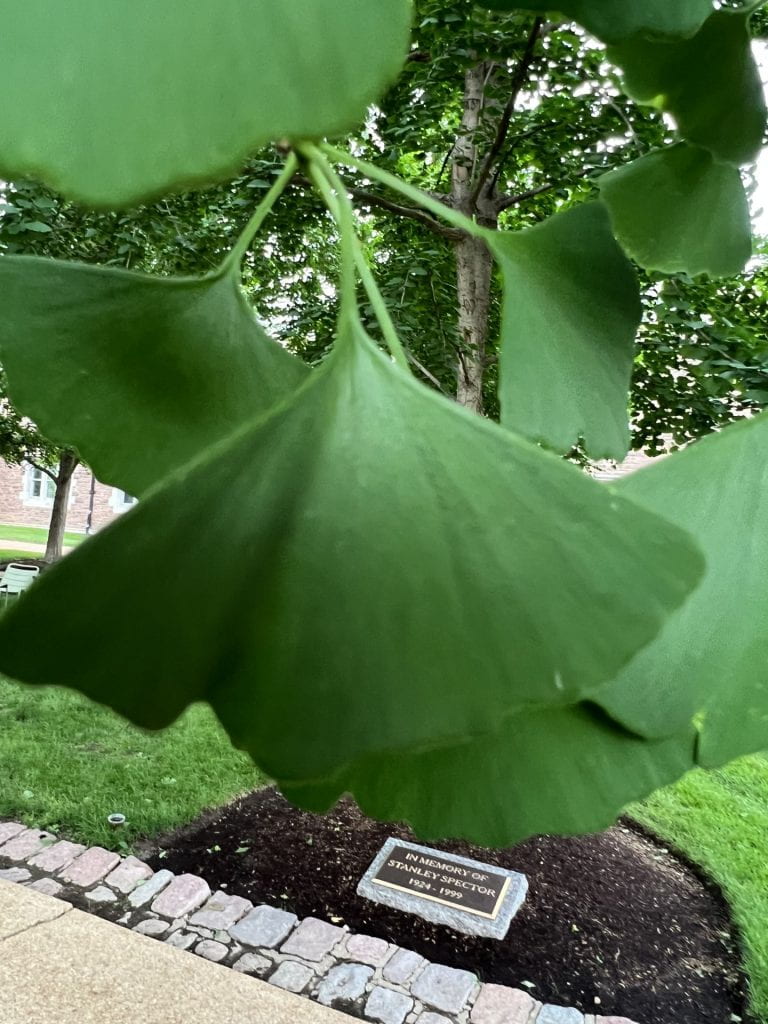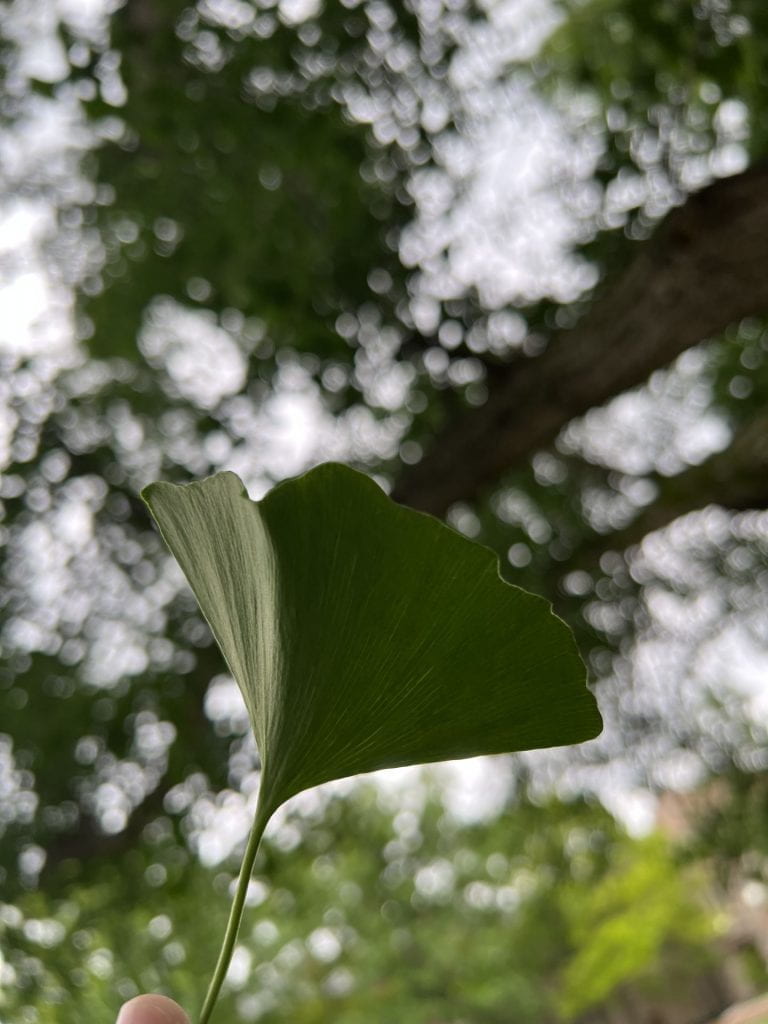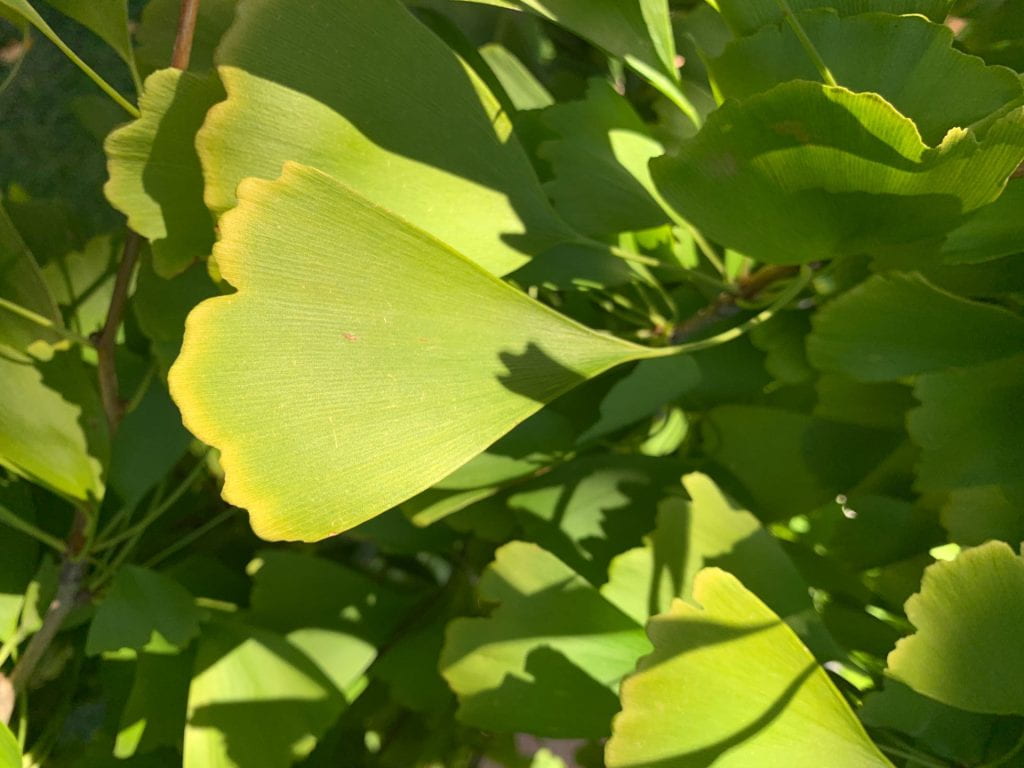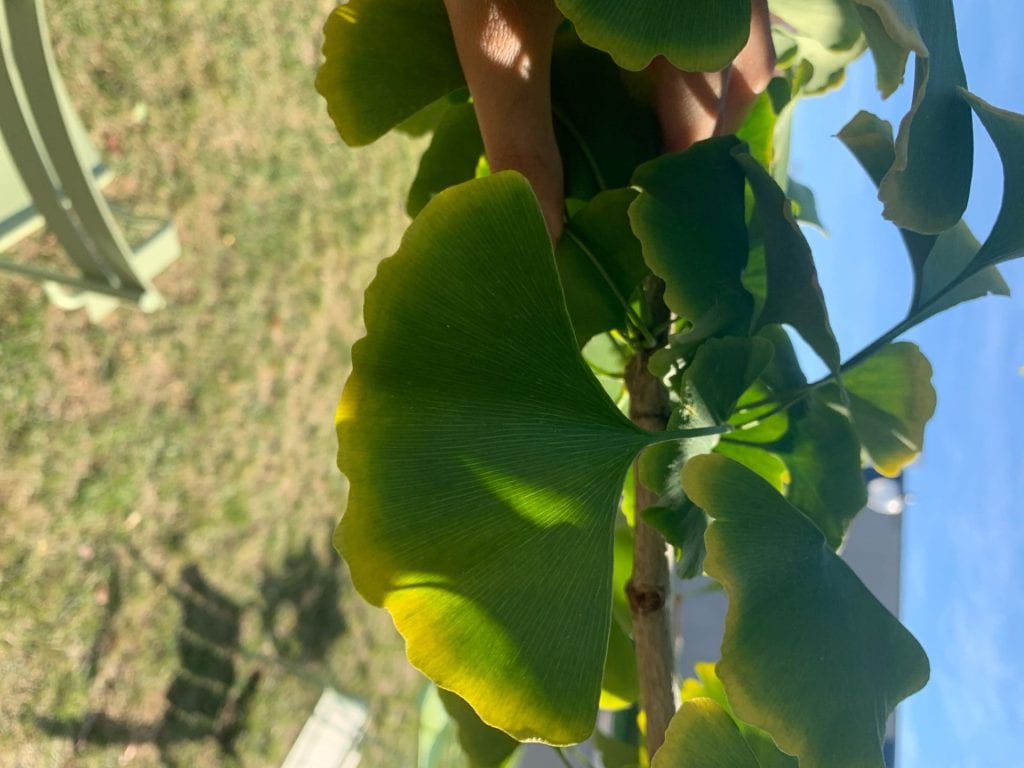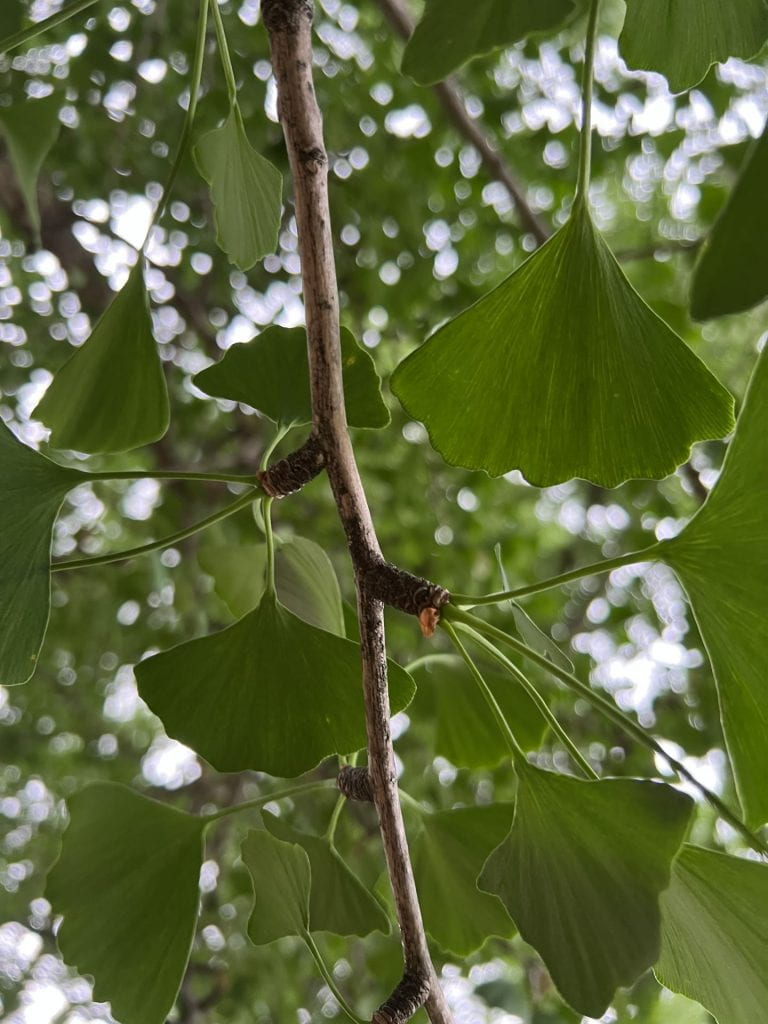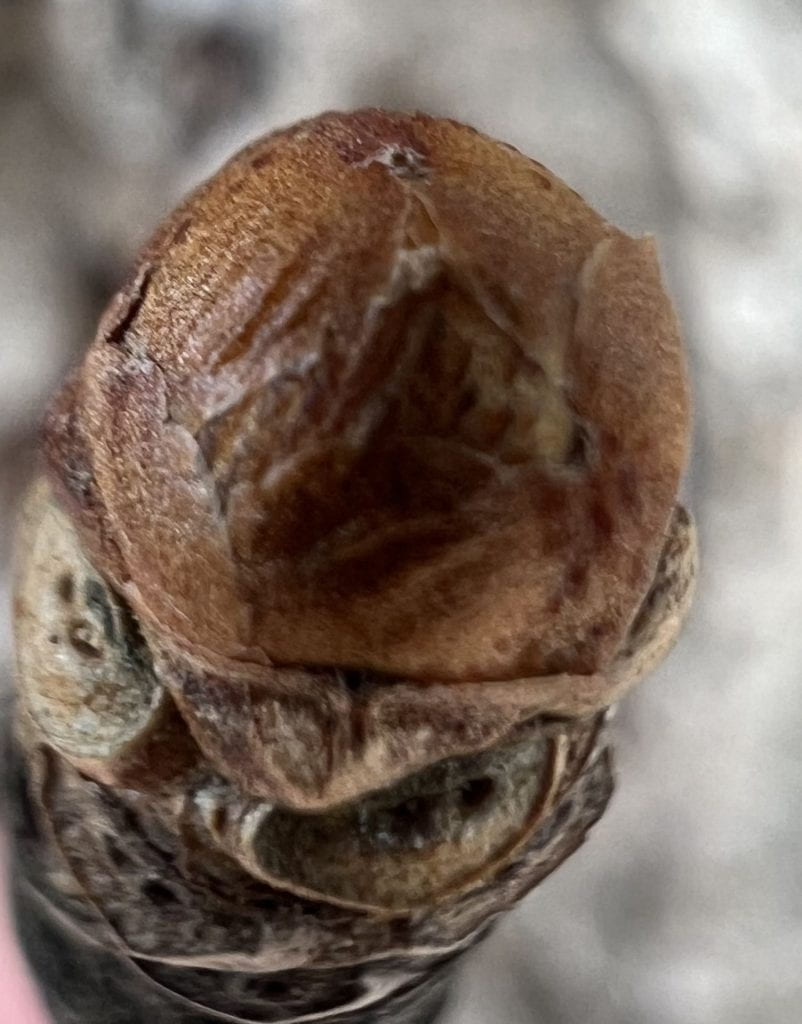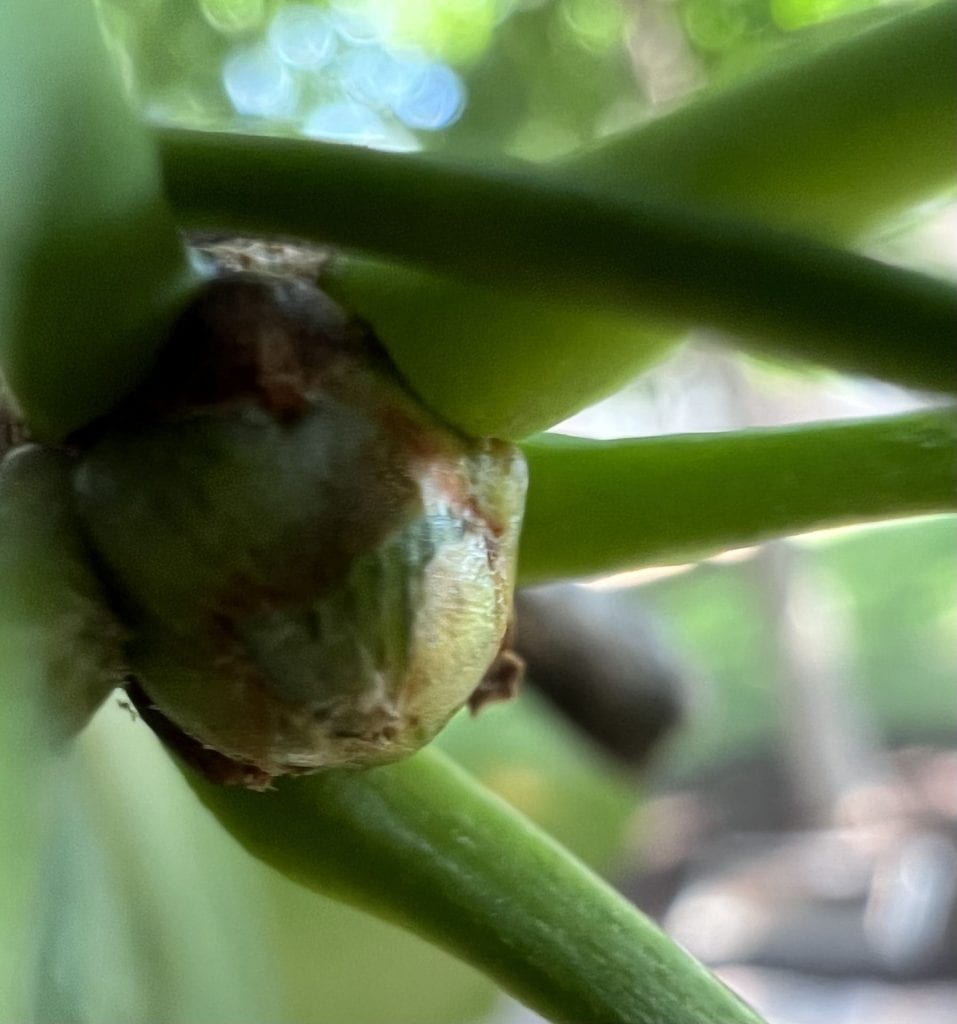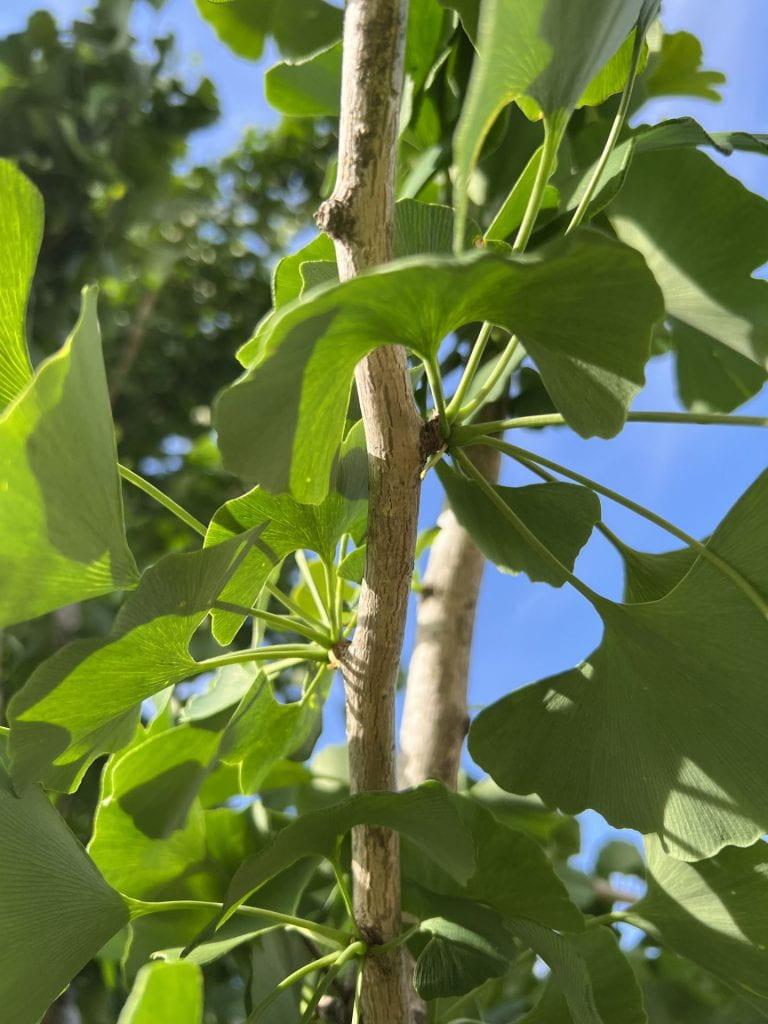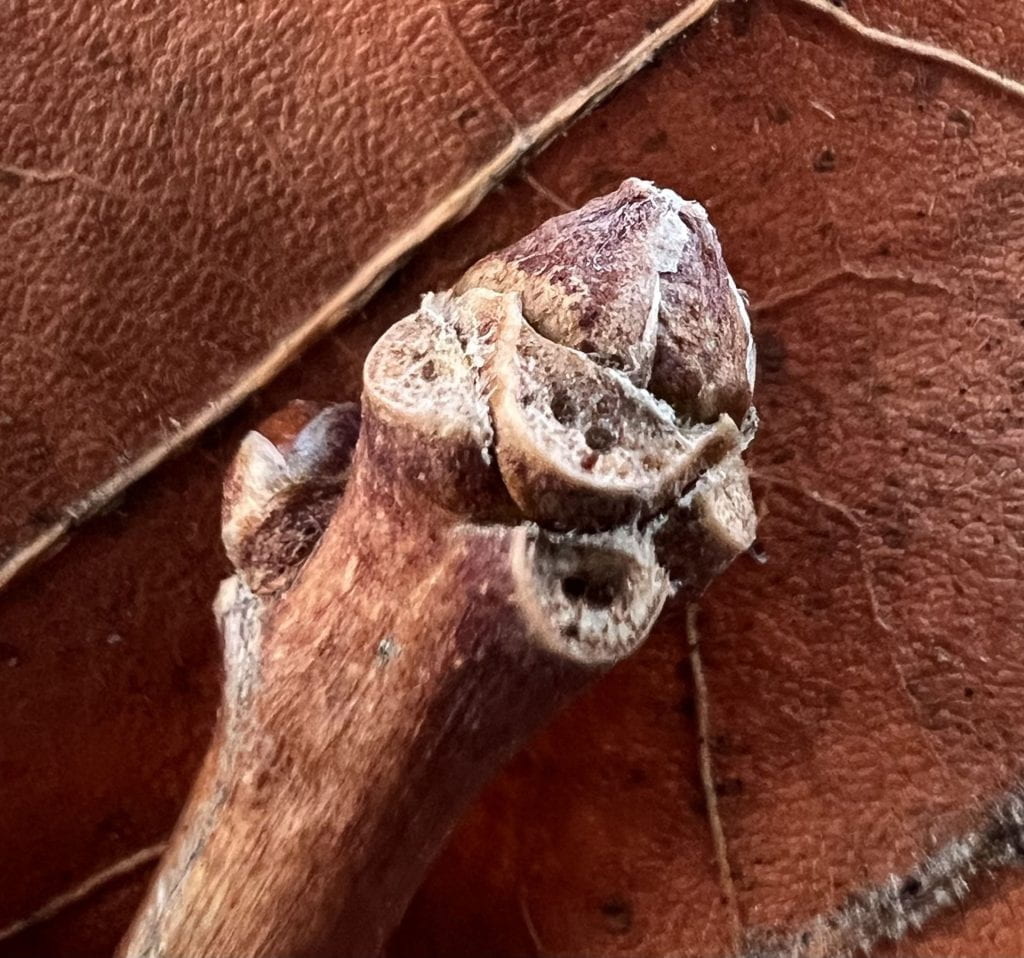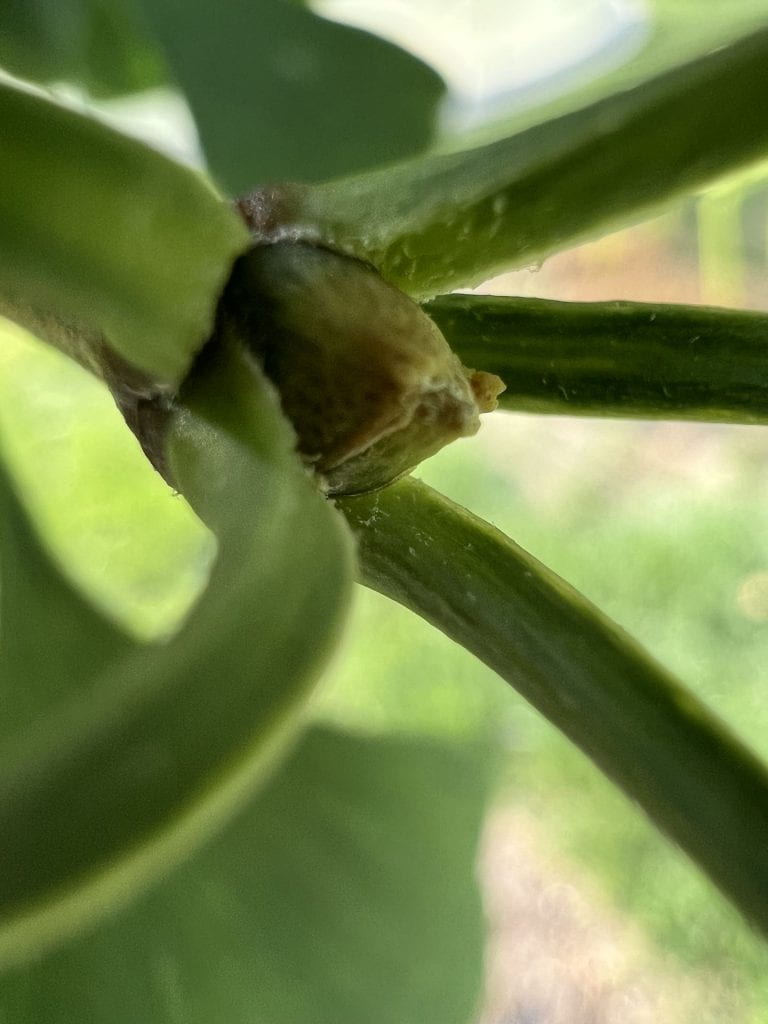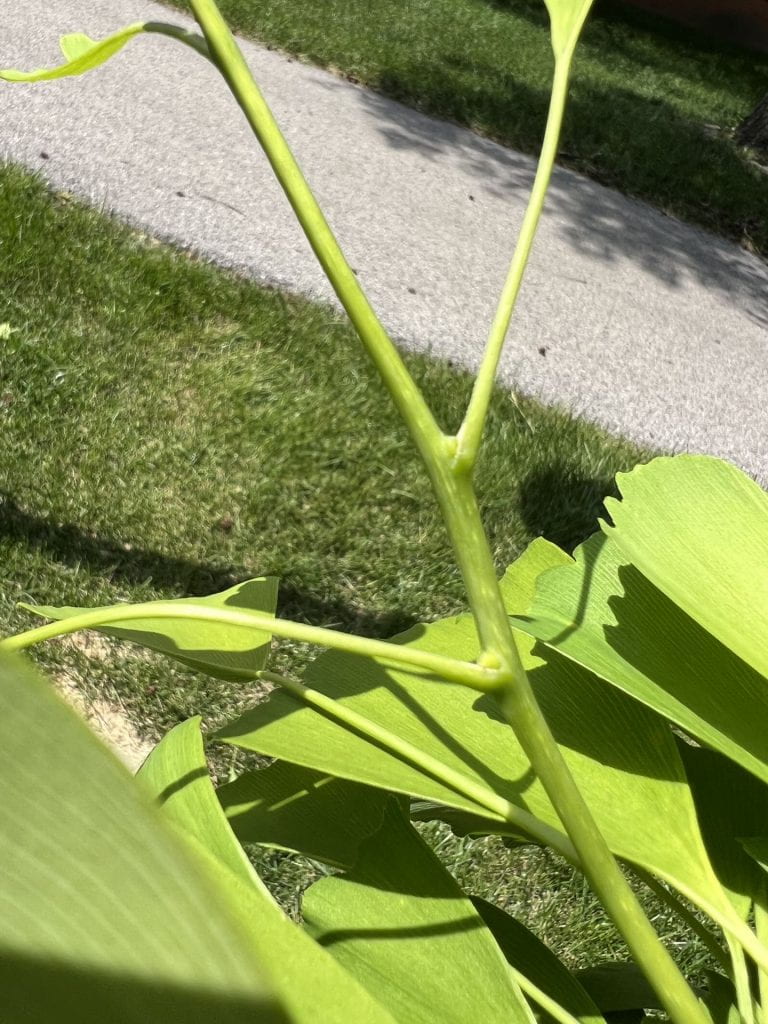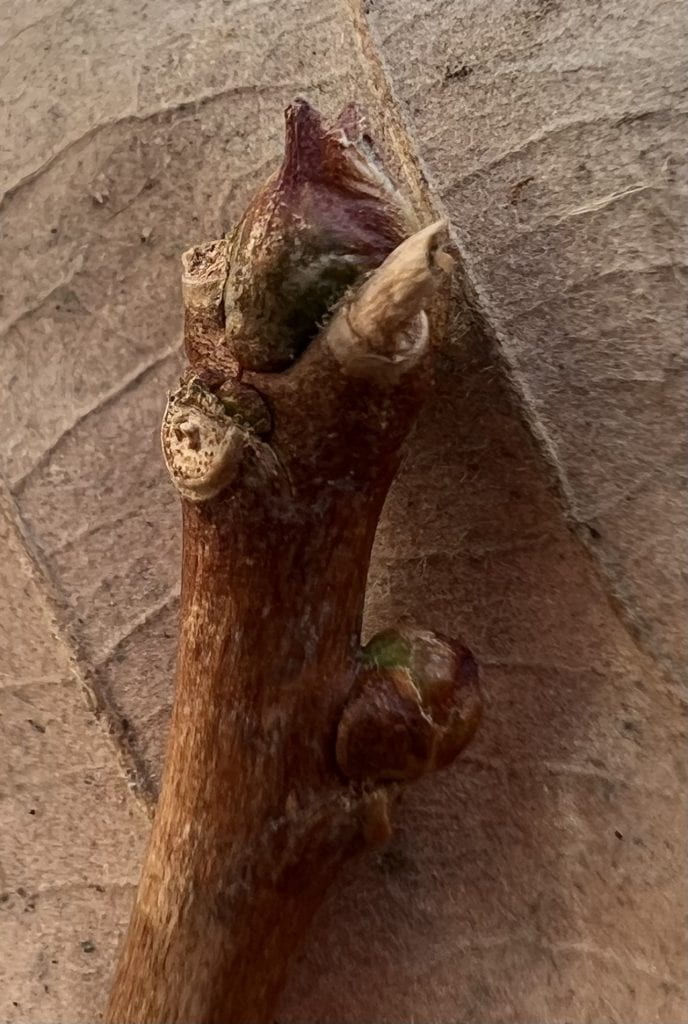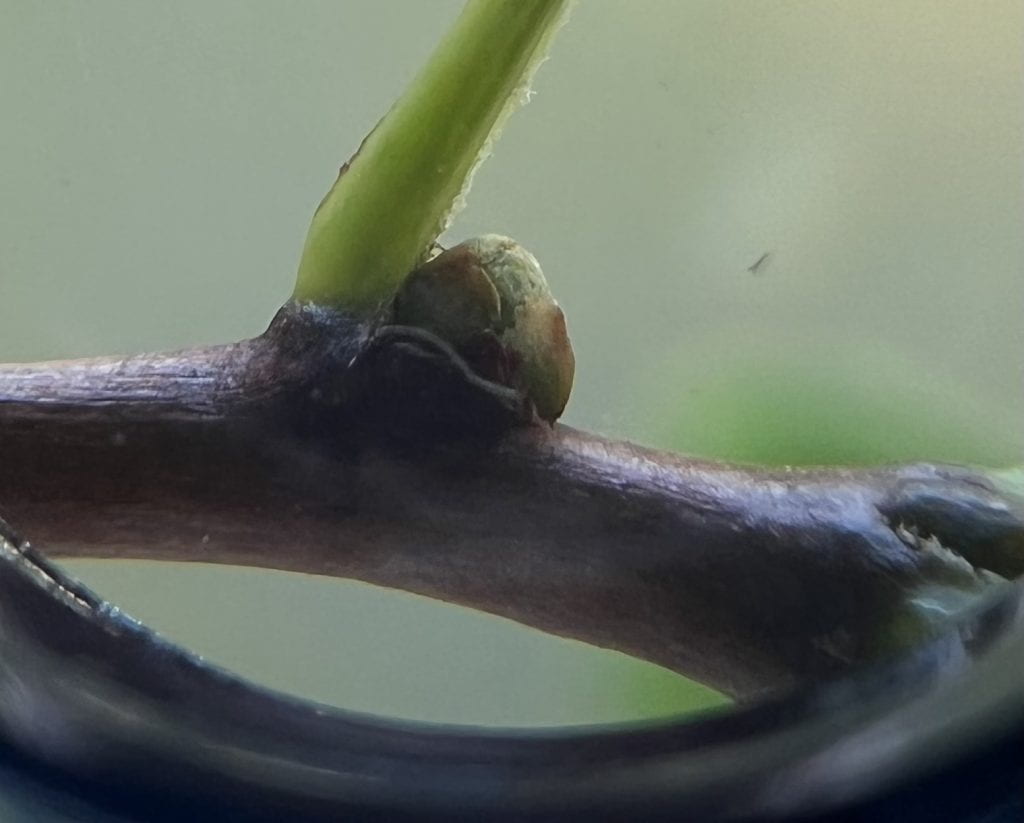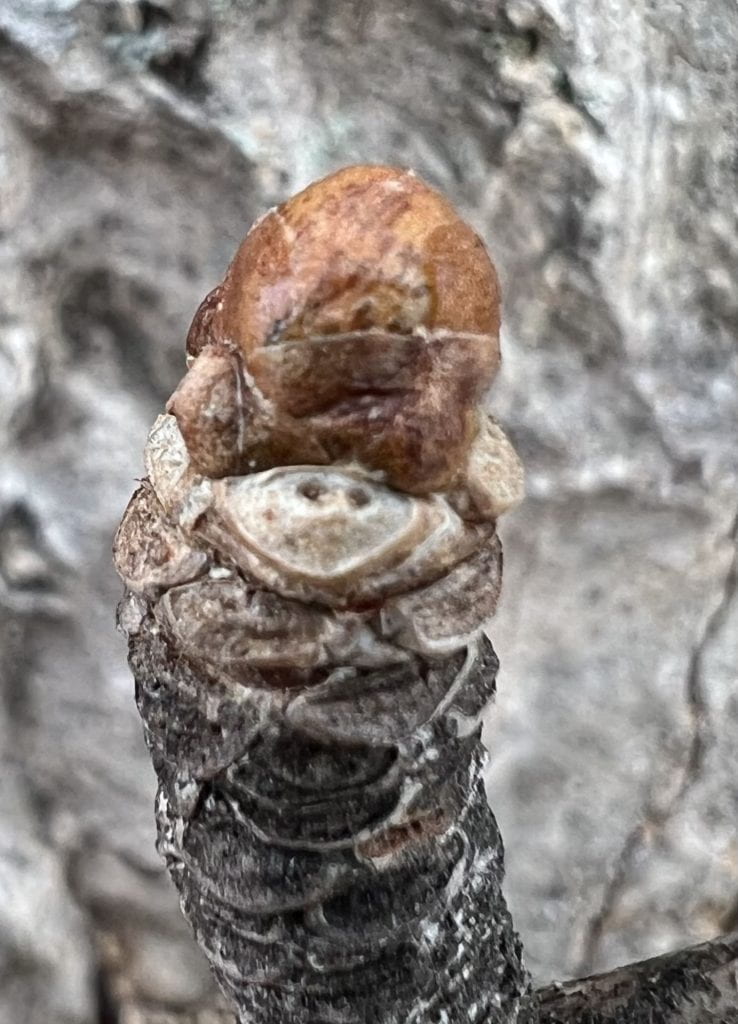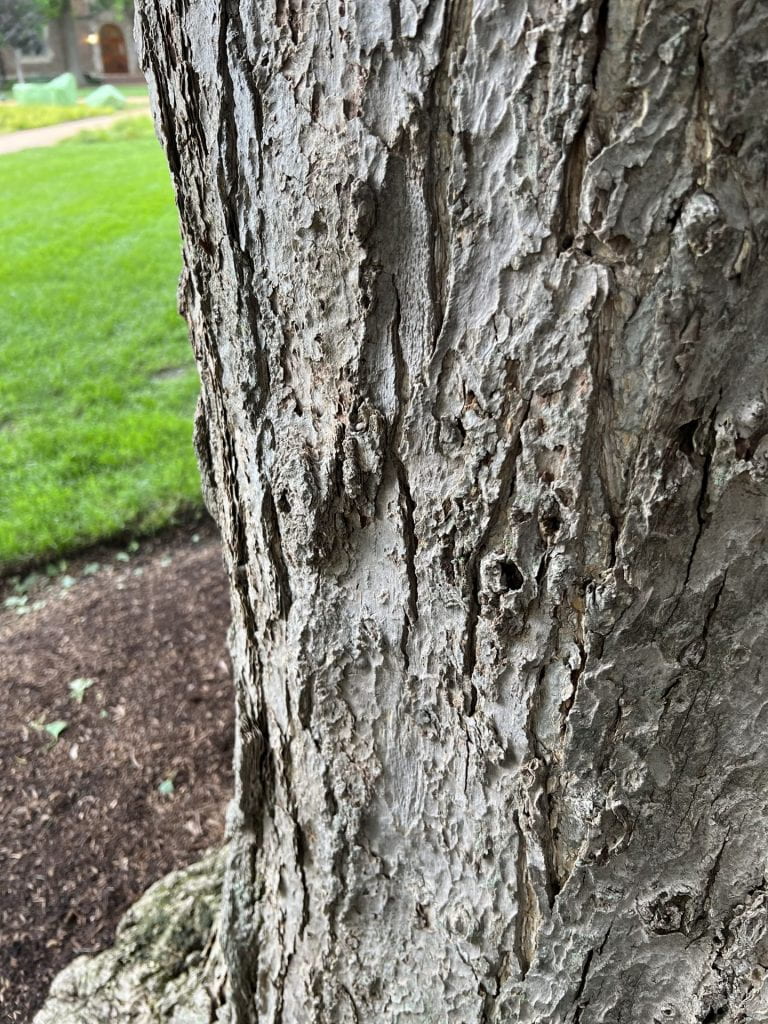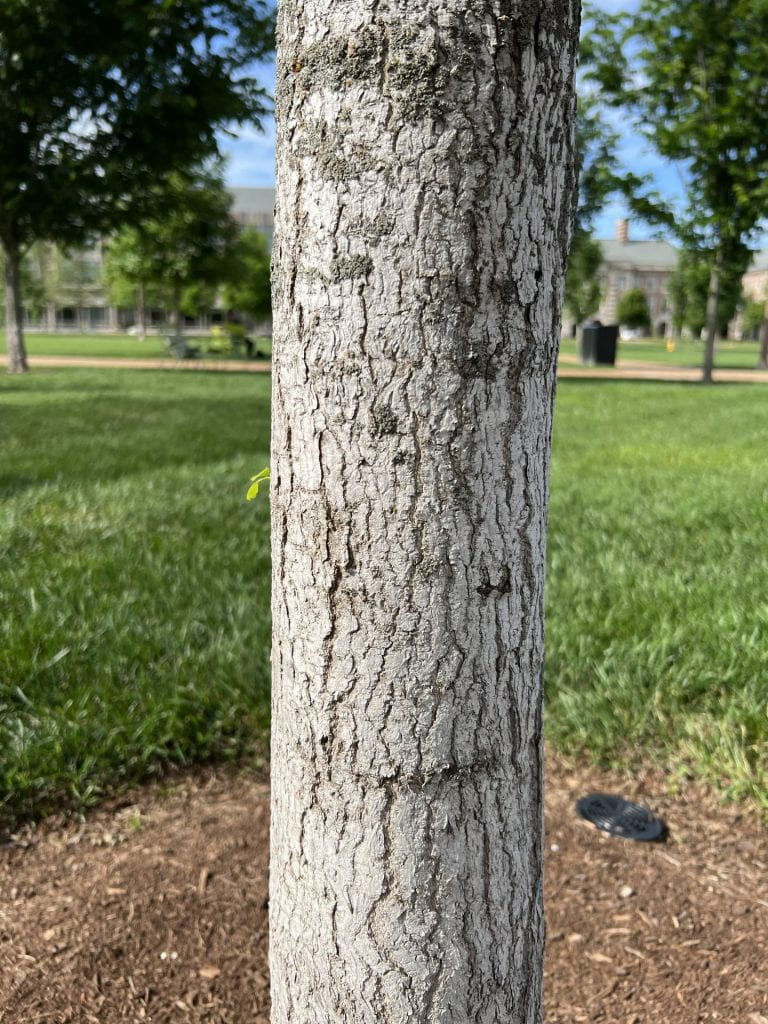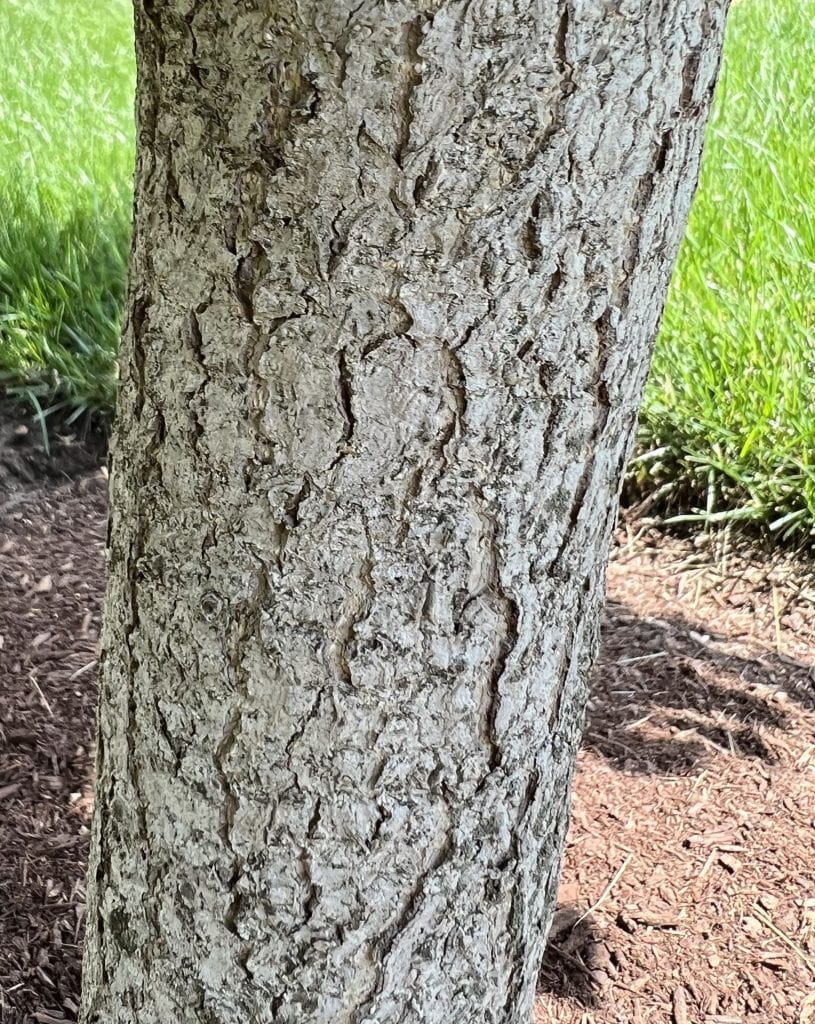Ginkgo ‘Saratoga’
Arbor walk #76, Treekeeper ID #5991
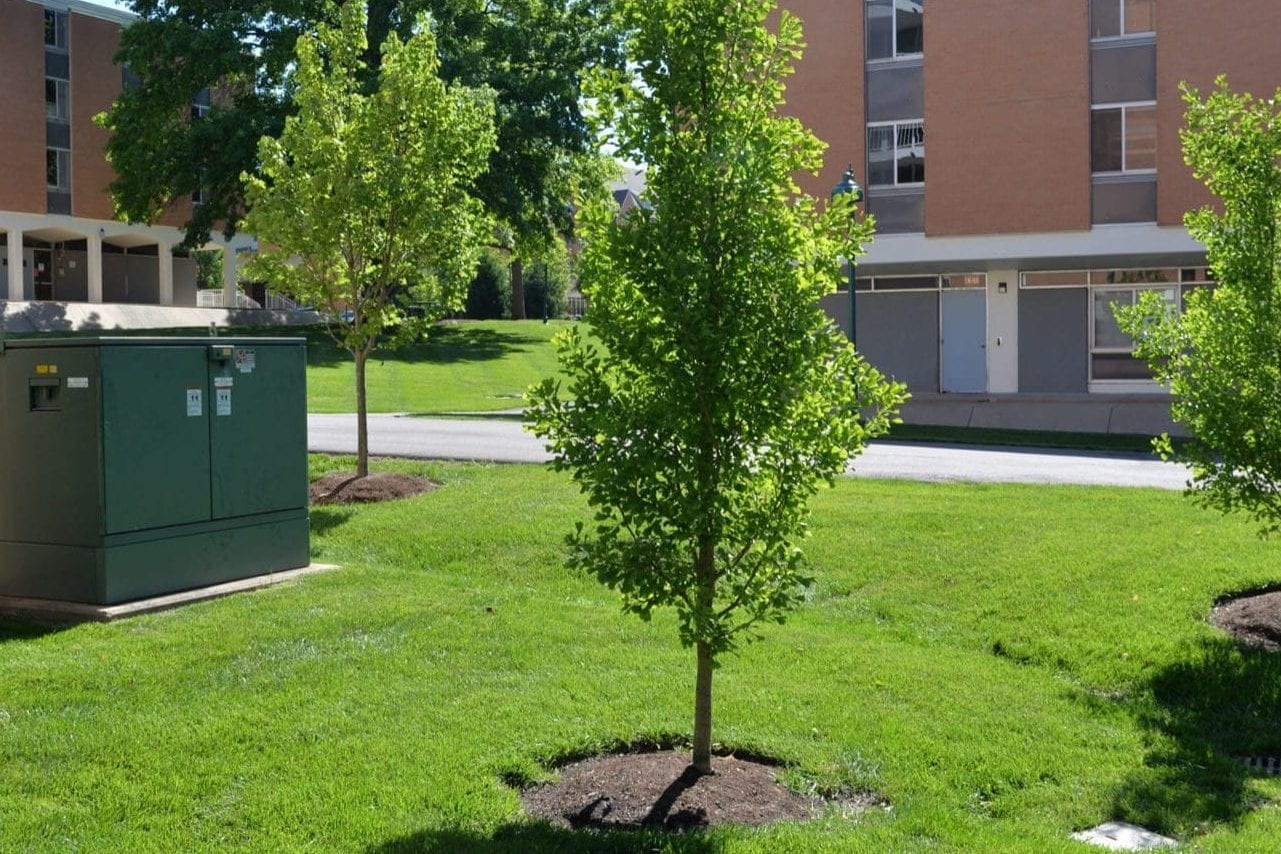
This unique pest-resistant species originated in China and is the last species in its order Ginkgophyte, which was first found in fossils that dated back to the Permian period, 270 million years ago. The females of this species do not produce fruit, as they are not true flowering plants. Instead, they produce fleshy seed covers that some people find to have a repugnant odor, although many people have used the seeds for medicinal purposes.
The ‘Saratoga’ varieties on campus are slower-growing and their leaves are more narrow and pendulous, and are a more yellow-green coloration than traditional ginkgoes.
Read Howard Nemerov’s THE CONSENT about the Grinkgo.
More information on the Ginkgos in our Arboretum here and here!

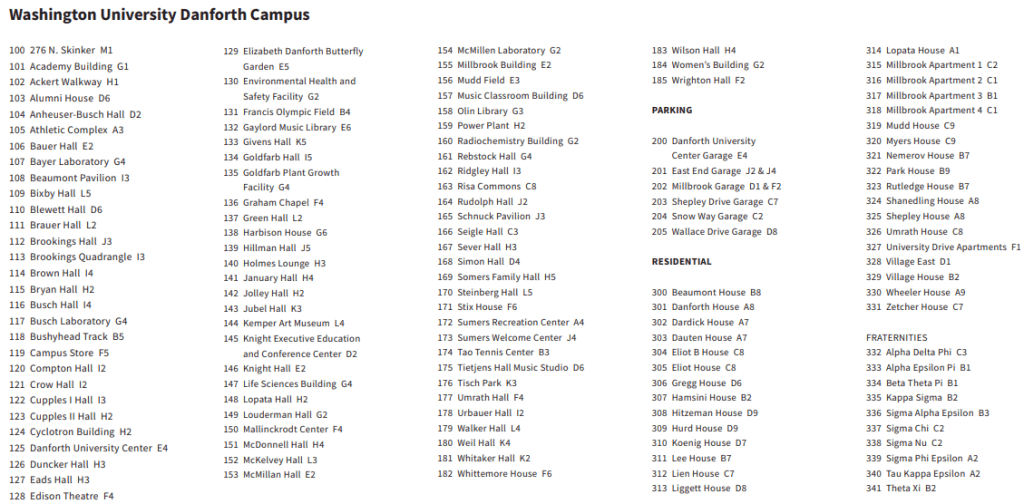
GPS Coordinates
N/A
Percent Concrete
N/A
Distance to Buildings
| Year | Close Building #1 | Close Building #2 | Close Building #3 |
|---|---|---|---|
| 2020 | Rutledge House, 9.56 m | Beaumont House, 25.84 m | Danforth House, 15.31 m |
Distance to Other Species
| Year | Close Species #1 | Close Species # 2 | Close Species # 3 |
|---|---|---|---|
| 2020 | Ginkgo, 5.62 m | Sweetgum, 7.52 m | Ginkgo, 4.36 m |
Standard Measurements
| Year | Height (m) | DBH (cm) | Caliper (m) | Crown Diameter N-S (m) | Crown Diameter E-W (m) | Average Crown Diameter (m) |
|---|---|---|---|---|---|---|
| 2020 | 3.4686 | 4.8 | N/A | 1.25 | 1.12 | 1.185 |
| 2023 | 4.47 | 7 | N/A | 1.5 | 1.45 | 1.475 |
Nests and Pests
| Year | Description |
|---|---|
| 2020 | Some green algae is visible |
| 2023 | Nest of unknown species |
Leaf Identification
The Ginkgo has distinctive two-lobed, fan-shaped leaves with parallel veins. They are a bright green and turn a brilliant yellow in the fall.
Twig and Bud Identification
Ginkgo twigs are zig zag, maturing to a light gray color with vertical grooves and few to no lenticels. Buds are globular with broad scales at the base. In the winter, the buds turn reddish brown.
Bark Identification
The Ginkgo has light gray bark that fissures with maturity.
Cone and “Fruit” Identification
The “fruit” of the Ginkgo are apricot-colored, fleshy seed covers with silvery casts. They are messy and produce a repugnant odor. Since these trees are not true flowering plants, the “fruit” only grows on female trees and are not considered an actual fruit. Males produce pollen cones.
[photo forthcoming]
‘Saratoga’ Identification
The ‘Saratoga’ variety grows slower, is more narrow and pendulous, and is a more yellow/green color compared to the traditional tree.
[photo forthcoming]
‘Autumn Gold’ Identification
The ‘Autumn Gold’ variety has a brilliant gold color in the fall. These trees are shorter than wild-type ginkgos, only reaching 50′ at very tallest. It is an all-male cultivar, meaning that no “fruit” will be produced.
[photo forthcoming]
